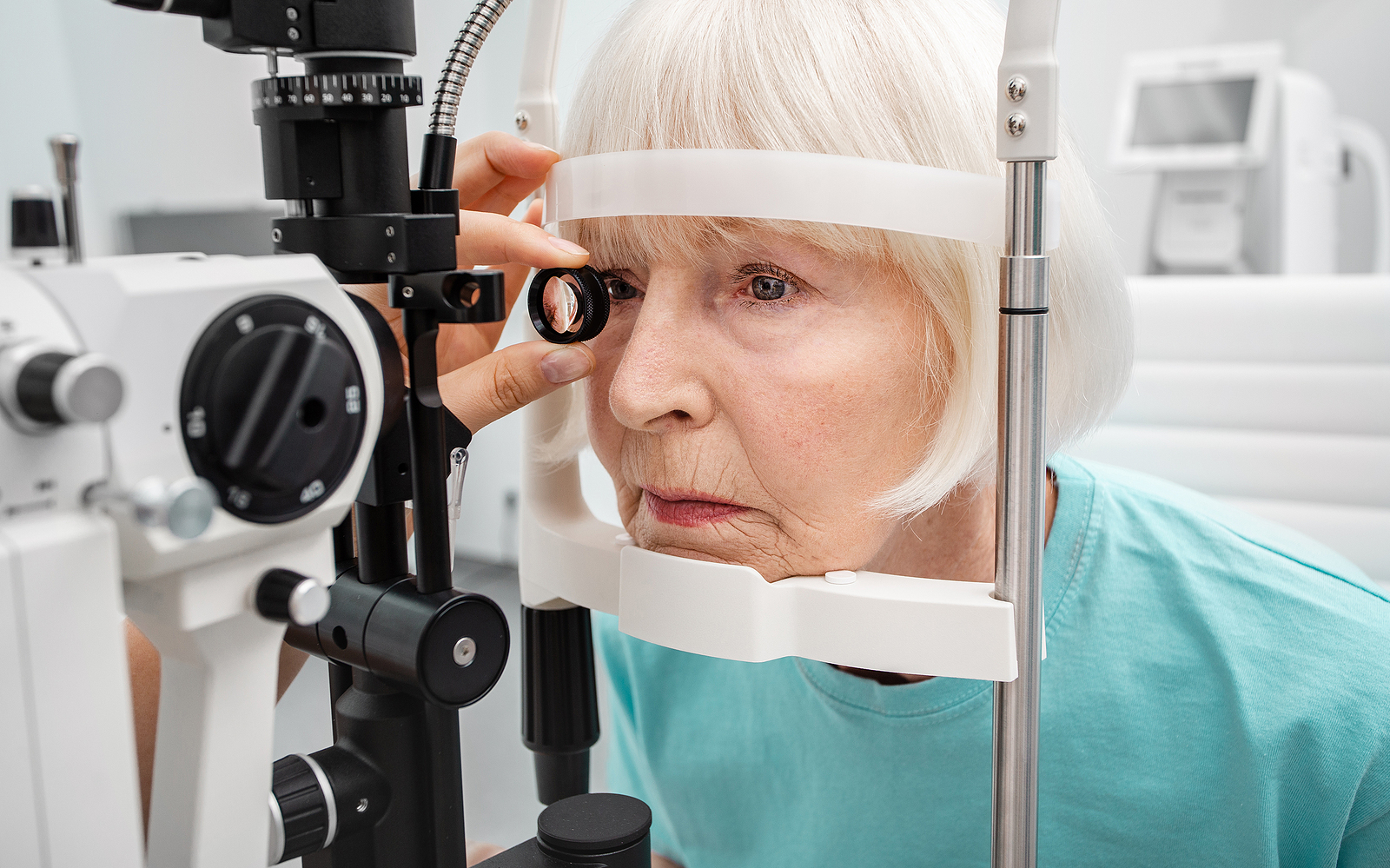Eye Care Series: Understanding the Causes of Keratoconus

If you notice mild blurry vision, distorted vision or sensitivity to light, you may have keratoconus. If straight lines begin to look wavy or you notice swelling or redness in both eyes, that’s another indicator that you have this condition.
The eye experts at Swagel Wootton Eye Institute specialize in disorders impacting your cornea. So, our eye doctors in Mesa and Chandler give you the best option for early detection and treatment. for some people, the cornea becomes thin, causing the eye to protrude. The abnormal shape makes it difficult for the eye to focus light waves. Keratoconus symptoms often begin in the late teenage years or early 20s.
Below, we provide keratoconus causes and risk factors.
High Risk Factors for Keratoconus
There are several factors that may increase your risk of developing keratoconus. For example, if you have a family history of Down syndrome or keratoconus, you have a higher risk for the condition.
Other risk factors for keratoconus include:
- Chronic eye inflammation. If you have allergies, irritants can damage corneal tissue, possibly resulting in keratoconus.
- Eye rubbing. Constantly rubbing your eye can damage the corneal tissue and can also affect the progression of keratoconus.
- Age. Keratoconus symptoms typically emerge from the teenage years through the early 20s. Young patients with advanced symptoms often need surgery to treat the condition.
You can also take certain steps to delay or prevent keratoconus.
Other Keratoconus Causes
According to the National Keratoconus Foundation, allergies, oxidative stress and hormones may also play a role in whether you develop keratoconus.
Allergies Can Cause Keratoconus
If you have allergies, you may tend to rub your eyes. Unfortunately, vigorous eye rubbing can exacerbate irritation and itching. Many people with keratoconus have conditions such as asthma, hay fever, eczema, and food allergies, which are commonly referred to as atopic diseases. Those diagnosed with keratoconus should avoid rubbing their eyes whenever possible.
Keratoconus Causes from Oxidative Stress
Oxidative stress describes physiological strain on the body due to free radicals that are not neutralized by antioxidants in your eyes. To put it more plainly, if you have keratoconus, your corneas cannot repair themselves very well. So, routine damage to your corneal tissue fails to heal, leading to more advanced stages of the disease.
The cornea, like other body tissues, creates byproducts or waste, known as free radicals. When they work normally, your corneas destroy free radicals before they can damage your eye’s collagen, which holds the tissue together. Free radical damage can cause the cornea to bulge and thin. Additionally, accumulated free radicals can lead to further damage that affects your vision.
Hormonal Keratoconus Causes
Keratoconus often begins to develop during puberty. So, some researchers believe that the endocrine system may play a role in the development of this disease. However, more studies are required to prove this theory and translate it to actionable treatment.
Regular Eye Exams Are Crucial to Detecting Keratoconus
Swagel Wootton Eye Institute has a range of specialists and eye doctors in Mesa and Chandler. Schedule an eye exam to determine whether you have the risk factors for this condition. Your eye doctor can answer any questions you have about keratoconus causes and recommend treatment or other next steps to safeguard your vision.
Contact our specialists to find out more about cataract and LASIK surgery in Mesa and Chandler and any other eye treatment you may require.
[DISPLAY_ULTIMATE_SOCIAL_ICONS]









